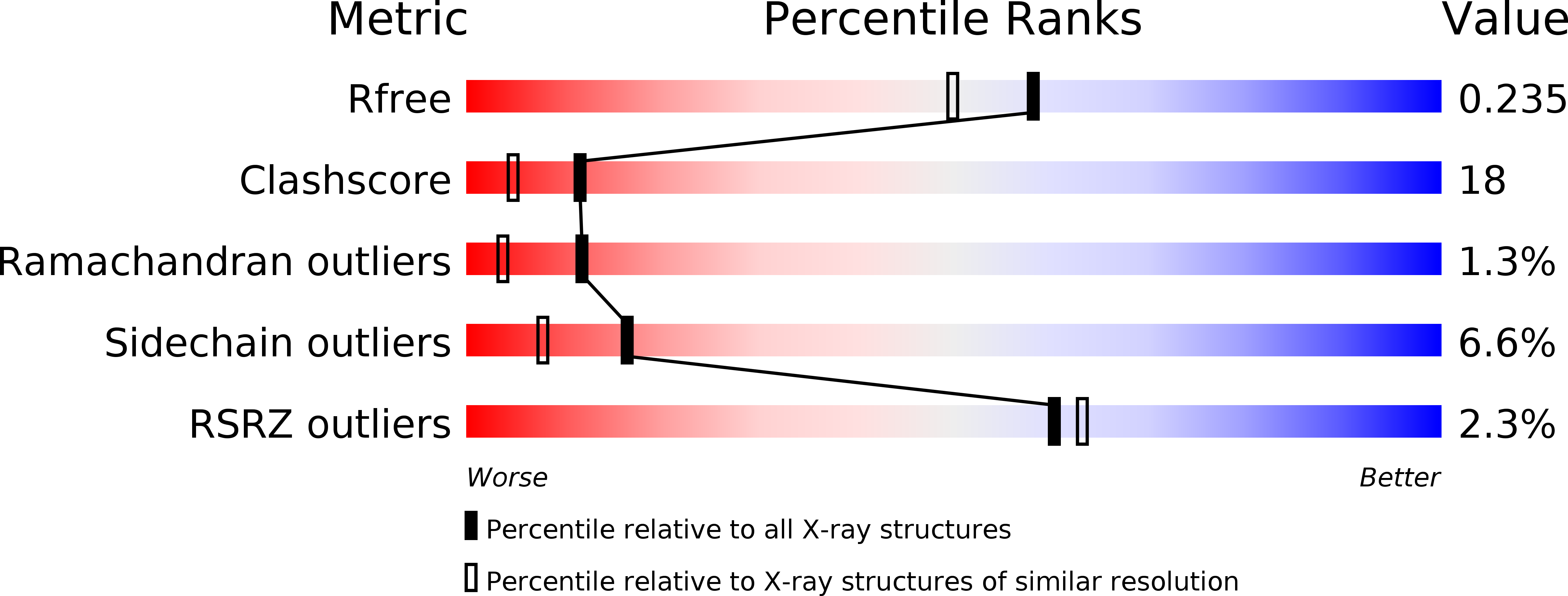
Deposition Date
2003-09-11
Release Date
2003-11-06
Last Version Date
2023-12-13
Entry Detail
PDB ID:
1UNN
Keywords:
Title:
Complex of beta-clamp processivity factor and little finger domain of PolIV
Biological Source:
Source Organism:
ESCHERICHIA COLI (Taxon ID: 562)
Host Organism:
Method Details:
Experimental Method:
Resolution:
1.90 Å
R-Value Free:
0.24
R-Value Work:
0.17
Space Group:
P 21 21 2


